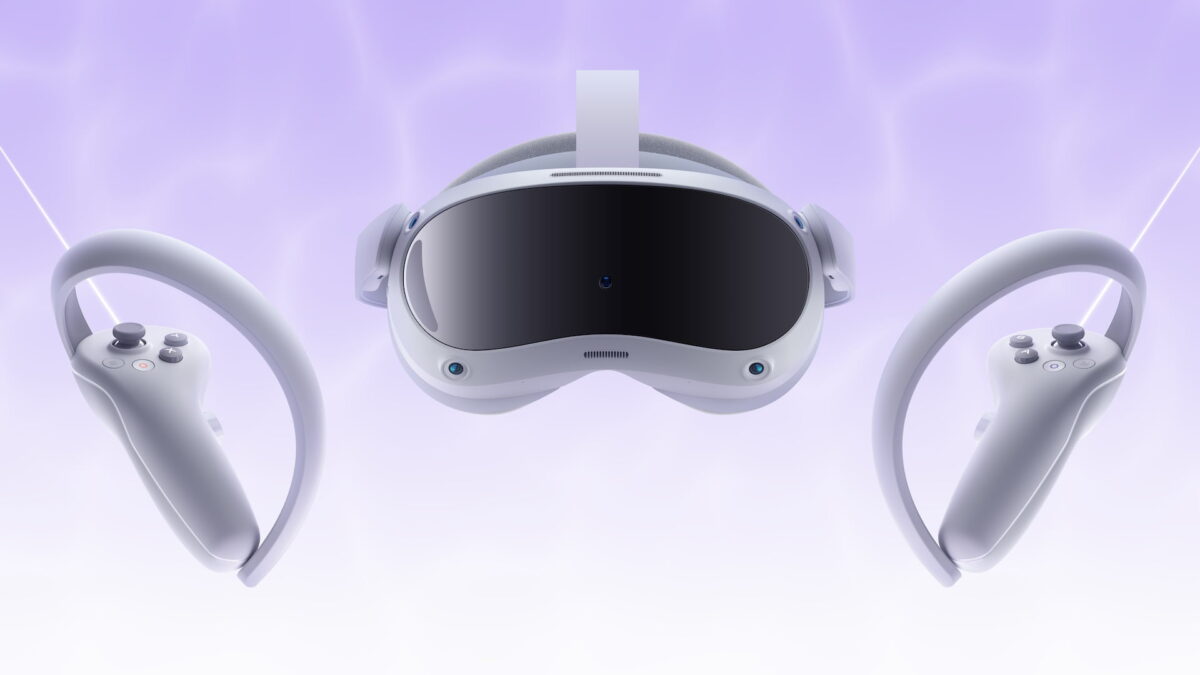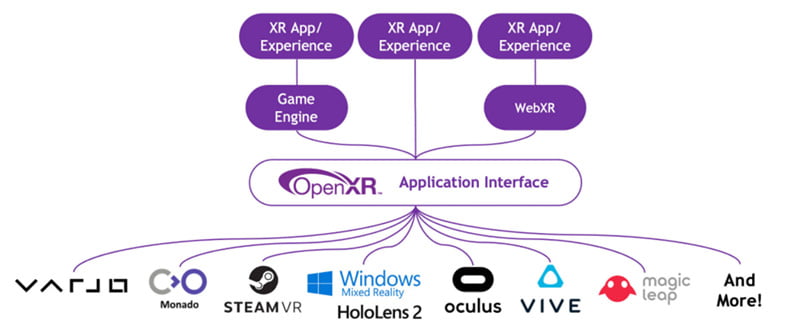Pico 4 now offers full OpenXR support - Why this is important

Pico headsets are now fully compatible with the OpenXR standard. What does this mean for Pico owners and developers?
OpenXR is a standard supported by large parts of the XR industry. It ensures that XR apps are compatible with as many devices and platforms as possible. This eliminates the need for lengthy and complicated software customizations, which saves developers a lot of time and money. Consumers benefit from OpenXR by gaining access to more apps and games. Meta Quest 2 and SteamVR have supported the OpenXR standard for some time.
Now Pico is announcing that its headsets are fully compatible with the OpenXR standard. The latest SDK release includes several feature updates to completely support the OpenXR standard. All Pico headsets are compatible, including Pico Neo 3 Pro (Eye), Pico Neo 3 Link, Pico 4, and Pico 4 Enterprise, according to Pico. The company expects this to enable a larger and broader range of apps.
At the launch of the Pico 4, there were about 230 VR apps in the Pico Store. Meta Quest 2 contains twice as many, not counting apps from the App Lab and Sidequest. OpenXR compatibility could help close this content gap.
Great retro ports thanks to OpenXR
Pico 4 launched last September and offers somewhat more advanced hardware than Meta Quest 2 for the same price. The device is sold in Europe and a number of East Asian countries. The headset is not available in the largest VR sales market, the United States. The B2B version, Pico 4 Enterprise, followed in October, which adds eye tracking and is only sold to companies.
The headsets have actually supported OpenXR for a bit longer. From Pico's developer site, it looks like several improvements have been made to the OpenXR SDK. Support has been added for haptic feedback, challenge and private room invitations, leaderboard and achievement notifications, and more.

OpenXR ensures compatibility between XR apps and various XR platforms and devices. | Image: Khronos Group
Team Beef, which is responsible for VR ports of 2D classics like Half-Life, Doom, and Quake for standalone headsets, assured me that OpenXR runs smoothly on Pico 4. Those who own the headset have been able to install and play the VR port of Quake via Sidequest since January. Patreon supporters also have access to an alpha version of Duke Nukem 3D and Jedi Knight II for Pico 4. If the device did not support OpenXR, these and other upcoming VR ports would probably not be available for the headset.
What's the status of Pico 4?
According to a report in the Wall Street Journal, Pico was able to take significant market share from Meta last year. According to the report, Meta was said to have held 90 percent of the VR glasses market a year ago. That share had dropped to 75 percent by the third quarter of 2022, while Pico's share had more than tripled to 15 percent. The Wall Street Journal cites estimates from market research firm IDC.
If these figures are correct, it would be a great success for Pico. Especially considering that the headset is not even sold in the US yet.
The SteamVR statistics of the past months, which rather speak against this success story, as well as the report of a Chinese website from November, according to which the internally set sales targets of one million devices in 2022 were missed, make us skeptical. Pico itself has not provided any sales figures so far.
Note: Links to online stores in articles can be so-called affiliate links. If you buy through this link, MIXED receives a commission from the provider. For you the price does not change.